KPIs Versus Benchmarks
KPIs vs. Benchmarks: Understanding the Difference and Similarities for Your Small Business
For small business owners, understanding how your company is performing is crucial for success. Two essential tools for measuring this performance are Key Performance Indicators (KPIs) and benchmarks. While often used interchangeably, they serve distinct purposes. This article will break down the differences and similarities to help you use them effectively.
What are KPIs?
KPIs are specific, quantifiable metrics that track your company's progress toward its strategic goals. They are internal and should be directly tied to what you want to achieve. A KPI is a target you set for your own business to improve a specific area. They're about measuring your own success against your own goals. For example, if your goal is to increase customer satisfaction, a KPI might be to achieve a customer retention rate of 90% by the end of the quarter.
Other examples include:
- Sales Revenue: Total income from sales.
- Customer Lifetime Value (CLV): The total revenue a business can expect from a single customer account throughout the business relationship.
- Website Conversion Rate: The percentage of visitors to your website who complete a desired action, like making a purchase.
- Employee Turnover Rate: The percentage of employees who leave your company over a certain period.
The key is that KPIs are actionable and reflect what's most important to your business. They tell you if you're on the right track.
What are Benchmarks?
Benchmarks are standards of comparison. They are external reference points that allow you to compare your business's performance against others in your industry or against best-in-class companies. Benchmarks help you understand how you stack up against the competition or a broader market. They answer the question, "How are we doing compared to everyone else?" For example, a small e-commerce business might look at the industry average website conversion rate to see if their 2% conversion rate is good, bad, or average.
Benchmarks can be:
- Industry Averages: The typical performance for a specific metric within your industry.
- Top Performer Data: The performance of the best-performing companies in your sector.
- Competitor Data: The performance of your direct competitors.
Benchmarking helps you identify areas where you might be lagging behind or excelling, providing valuable context for your KPIs.
The Key Differences
KPIs
- Purpose: To measure internal progress toward your own goals.
- Source: Internal data, specific to your business strategy.
- Focus: Performance against your own targets.
- Action: Drive internal improvements and accountability.
- Answers the Question: “Are we meeting our goals?”
Benchmarks
- Purpose: To compare your performance against external standards.
- Source: External data from industry reports, competitors, or top performers.
- Focus: Performance against the market or industry.
- Action: Provide context and identify opportunities for improvement by seeing what others are doing.
- Answers the Question: “How do we compare to our peers?”
KPIs are the destination markers on your company's road trip; benchmarks are the speed limits and other drivers on the road.
The Key Similarities
Despite their differences, KPIs and benchmarks work hand-in-hand. Their primary similarity is that they are both metrics used to measure performance. They both rely on quantifiable data and are essential for informed decision-making. A well-rounded strategy uses both:
- Define your KPIs based on your strategic goals.
- Use benchmarks to set realistic and ambitious targets for those KPIs.
- Regularly track your KPIs to see if you're hitting your goals.
- Periodically review benchmarks to ensure your targets are still relevant and competitive.
For example, a new marketing consulting firm might set a KPI to generate $50,000 in new client revenue this quarter. They might have arrived at this number by benchmarking against similar-sized firms in their region, finding that this is a reasonable yet challenging goal. They'd then track their KPI weekly and use the benchmark as a reminder of what a successful peer looks like.
Conclusion
For small business owners, effectively using both KPIs and benchmarks provides a powerful framework for growth. KPIs keep your team focused and accountable to your specific goals, while benchmarks give you a critical external perspective to ensure your goals are competitive and your strategies are effective. By integrating both into your business strategy, you'll gain a comprehensive view of your performance and a clear roadmap for success.
For your business. Don't just look at the numbers; understand the story they tell.
Ready to take your home service business to the next level? At Contractor Excellence Consulting & Coaching, we're passionate about helping businesses like yours achieve significant and sustainable growth. With over five decades of collective experience in owning and operating successful home service companies, our team intimately understands the unique challenges you face, and we have developed proven strategies across seven key areas to drive your profitability.
Whether you're looking to boost your bottom line, streamline your daily operations, or attract a consistent flow of new customers, our expert business coaching and innovative creative design services are tailored to your specific needs and goals.
Don't wait to unlock your business's full potential. Explore our range of services and discover how we can help you build a thriving enterprise.
Ready for personalized guidance? Schedule your free, no-obligation discovery call now! Call us directly at 717-868-8610 to speak with one of our experienced partners. We're eager to learn about your business and discuss how our coaching and design solutions can propel you towards greater success. Your journey to business excellence starts here. Contact us today!
Like What You See?
Contact Us to Learn More About Our One-on-One Coaching and Fractional Expertise Services

